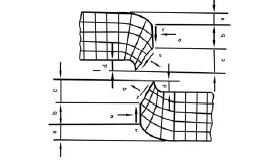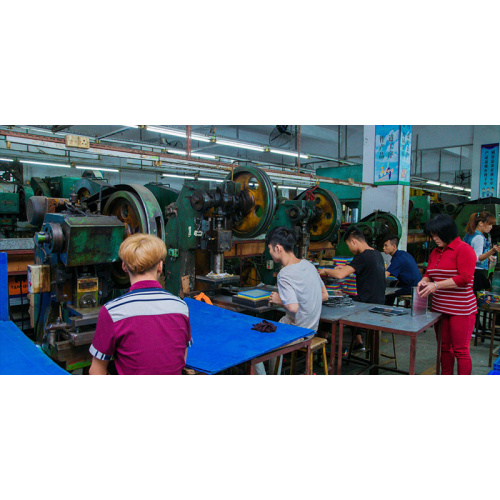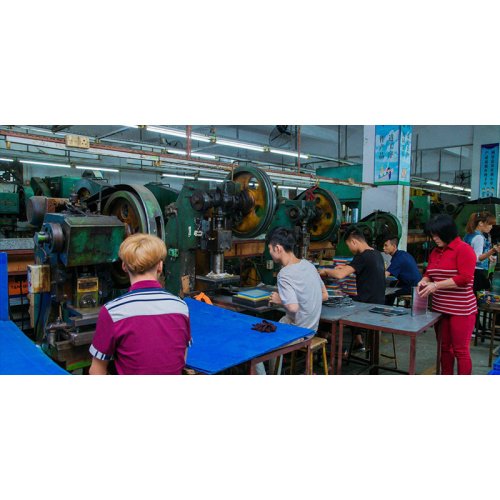Second Structure Design and Manufacturing of Metal Packaging Containers
First, metal Packaging research object, nature and learning purpose
1. Research object:
This article deals with metal packaging products, which are metal or metal alloy packaging materials, such as metal cans, metal hoses, metal barrels, and other metal products.
2. Research content:
Including structural design and calculation of metal packaging products, processing and molding principles, manufacturing processes, etc. The focus is on the design and manufacture of metal cans.
3. Learning Objectives:
Master the structural characteristics, uses, processing techniques, molding principles and basic knowledge of the main production equipment of typical metal packaging products.
Second, the content is divided into six parts:
1. Forming process foundation;
2. Two-piece can structure design and manufacturing;
3. Three-piece can structure design and manufacturing;
4. Metal Bucket structure design and manufacturing;
5. Spray can structure design and manufacturing;
6. Metal hose structure design and manufacturing
Chapter III Basics of Molding Process
Section 1 blanking process
Blanking is a stamping process that uses punches to separate materials, including blanking, punching, slitting, cutting, trimming and trimming. However, under normal circumstances it often refers to blanking and punching. This process can be directly made of materials into parts, but also for bending, deep drawing and forming processes. Punching down a part or blank of a desired shape from a material is called blanking. Punching a hole of a desired shape on the workpiece is called punching.
First, the blanking process
1, elastic deformation. At the start of punching, the punch pressurizes the material. Due to the bending moment, the material not only produces elastic compression, but also pulls and bends, and presses the material slightly into the die cavity. The stress state in this stage does not reach the plastic condition and is in the elastic deformation stage.
2, plastic deformation. The punch continues to pressurize the material. When the stress state of the material satisfies the plastic condition, plastic deformation occurs, along with the bending and stretching of the material. As the deformation increases, stress concentration occurs near the die population until the stress reaches a maximum and microcracks appear.
3, fracture separation. The punch is continuously pressed in, and the formed upper and lower microcracks gradually expand and extend into the material. When the two cracks overlap or intersect, the material is sheared and separated.

Second, blanking die gap
According to the analysis of the blanking process, it is known that the clearance between the punching and punching die has great influence on the punching part quality, punching force and die life.
1, the blanking die gap value determination 1 theoretical determination method. The theoretical basis for determining the main method is to ensure that the punching material, the upper and lower shear cracks overlap and pay in a connection.
2 experience determination method. Based on practical experience, the following empirical formula is often used to calculate a reasonable gap.

2, impact of punching die gaps on stamping
Third, the convex and concave die edge size calculation
The dimensional accuracy of the die edge is the primary factor affecting the dimensional accuracy of the blank. The reasonable clearance of the die is also ensured by the die edge size and its tolerance.
Fourth, punching force and its reduction method
1, the calculation of punching force. The purpose of calculating the punch force is to select the press and design the mold. It is clear that the tonnage of the press must be greater than the calculated punching force in order to meet the punching requirements.
2, reduce the punching force method. When punching high-strength materials or workpieces with a large thickness and a long periphery, the required punching force may exceed the existing tonnage of the press. At this time, measures to reduce the punching force must be considered.
V. Precision blanking
1, fine red method. The fine punching method is also called the ring gear press punching method. This punching method and ordinary punching process in the difference, except that the convex, concave die gap is minimal and the die edge with rounded corners, in the die structure than the ordinary blanking die more than one ring gear pressure plate and A top circle.

2, semi-precision
Sixth, renovation
1, the outer edge of renovation. The blanking stock with the trim allowance left before is placed on the trim die, the punch presses the blank into the die, and the balance is cut off by the die. The quality of the rim refurbishment is related to factors such as the number of refurbishments, the allowance for repairs, and the structure of the refurbishment mold.
2, inside the hole renovation. The internal hole repair process is similar to the external edge trimming. The difference is that the internal hole trimming uses the punch removal margin. The purpose of the refurbishment is to correct the coordinate position of the hole, improve the finish and the dimensional accuracy of the hole.










